Meet Nikolai Popov, the first surfer in the USSR
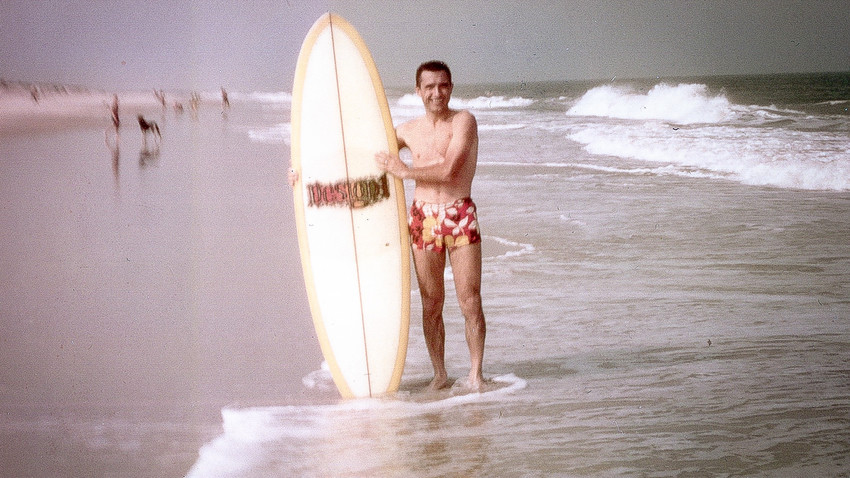
Nikolai Popov on his favorite surfing spot. Indian River Inlet, Maryland (1972-1974)
Personal ArchiveAugust, 1966. After three days of waiting the swell just off the coast of Crimea’s Cape Tarkhankut was finally big enough. As the sun reared its head, Nikolai Popov and his friends grabbed their homemade board (based on photos from American magazines) and made a beeline for the water.
“We heard the sound of the waves early in the morning and ran to the beach. They were not strong like those in the ocean, but irregular and foamy. It was hard to break through them – the waves kept flipping me over and taking me back to the shore,” Nikolai remembers. “I eventually managed to reach the swell and get a feel for the board. I couldn’t stand up at first but the sensation of being carried by the waves was incredible! Six decades have passed since then, but I still remember that experience. It’s likely that it was the first time a Soviet person tried surfing.”

Nikolai Popov (2015)
Personal Archive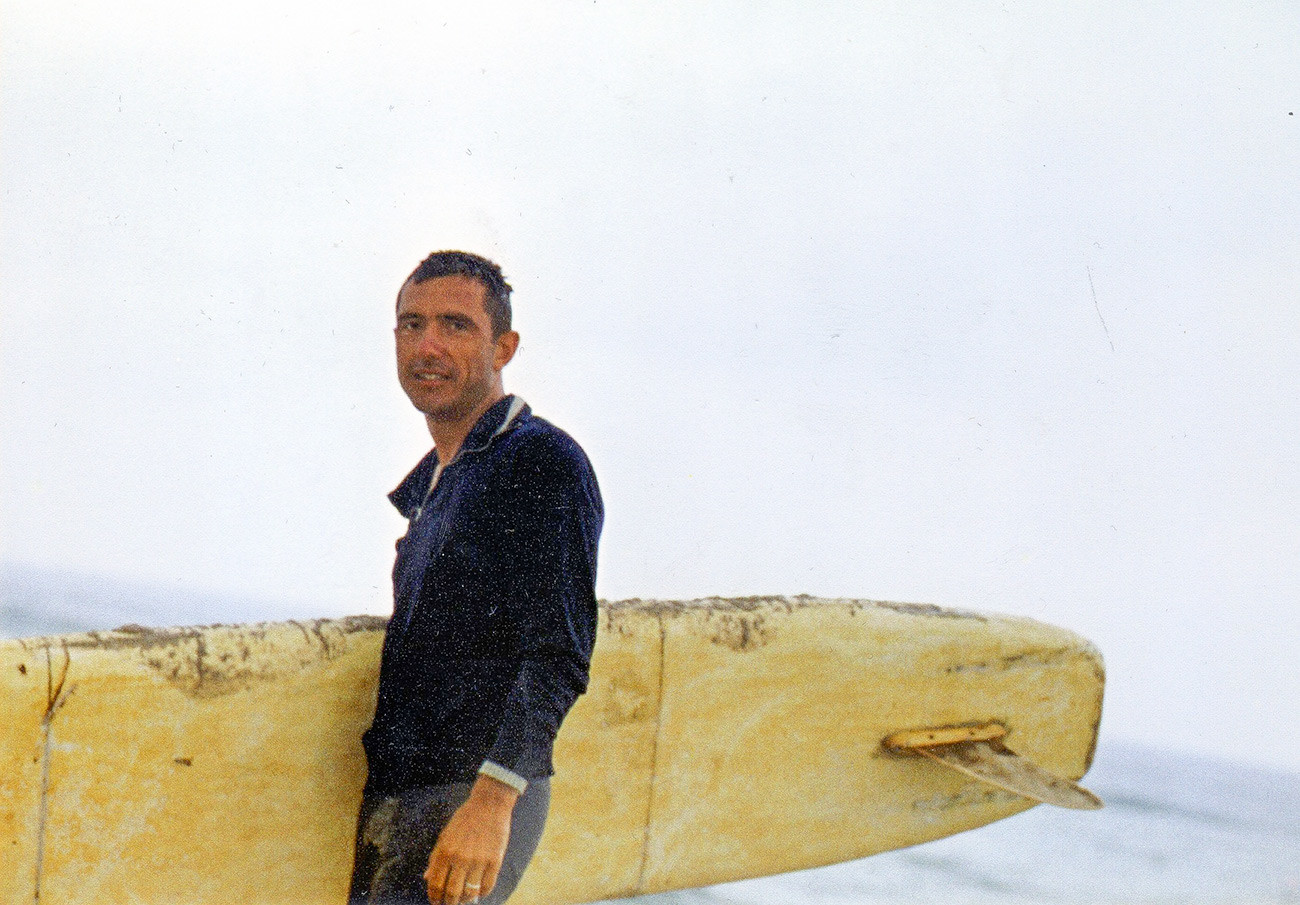
Nikolai at Crimea’s Cape Tarkhankut (1966)
Personal ArchiveJack London and the DIY board
Nikolai was a captain of the mountain skiing team at Lomonosov Moscow State University (MSU) when he first became interested in surfing. In 1961 he was given Jack London’s The Cruise of the Snark as a present, in which London writes about his voyage to Hawaii and the Polynesian islands, where he first witnessed locals riding the waves on a simple board.
“This book made an indelible impression on me and I decided that I would find a way to try surfing. It was clear that to do it I probably needed to travel to some distant southern countries,” Nikolai says. However, he was living in the Soviet Union and it was hard for Russians to visit places like Australia, New Zealand, and the U.S. where the surfing scene was hot. Usually only diplomats and journalists from the Soviet Novosti Press Agency (APN) were allowed to travel abroad. Luckily, Nikolai was offered a job as the editor of a magazine called Soviet Life, which was owned by APN.
“I asked many of my colleagues, around 100 of them, whether they had tried surfing when they traveled abroad. But while some had heard about it, no one had actually tried it. Back then Soviet people weren’t really encouraged to try exotic things during business trips so I soon realized that my mission in life was to become the first Soviet surfer.”
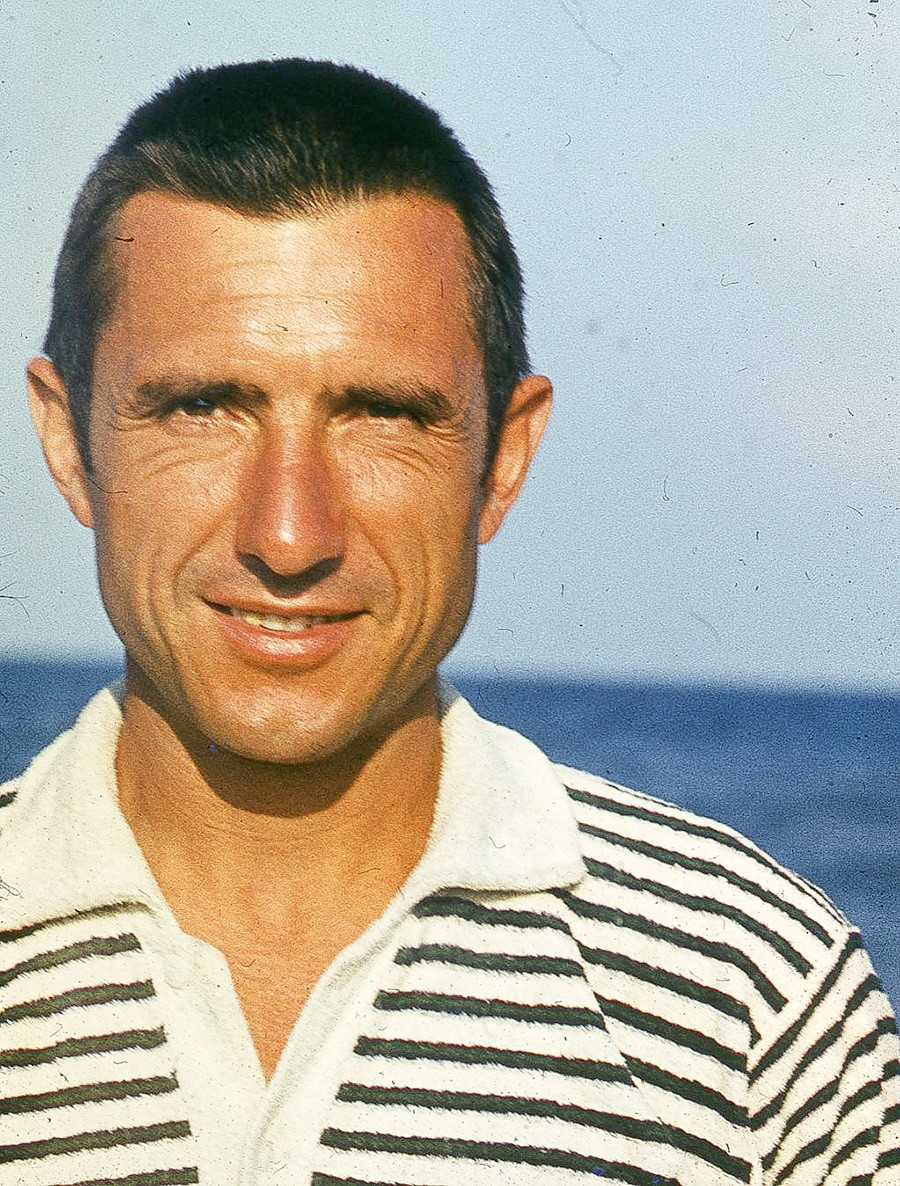
Nikolai at Crimea’s Cape Tarkhankut (1966)
Personal ArchiveNikolai decided to make a board himself, taking inspiration from American surfing magazines. He also interrogated his oceanologist friends from university about possible surf spots in the USSR.
After some deliberation, Nikolai and his friends came to the conclusion that Crimea’s Yevpatoria and the Caspian coast near Makhachkala offered their best chances of catching waves. They made a board from plastic foam and set off on a road trip to Crimea’s Cape Tarkhankut near Yevpatoria. “We traveled by car, rented a house on the beach, and started building the board,” Popov recalls. “Over the next three days we cut out suitable parts from foam plastic, glued them together with epoxy resin, plastered it with fiberglass, and added a keel – all according to magazines. The board didn’t last long, of course – it served its purpose for just under a month before being smashed to pieces by a very strong wave.”
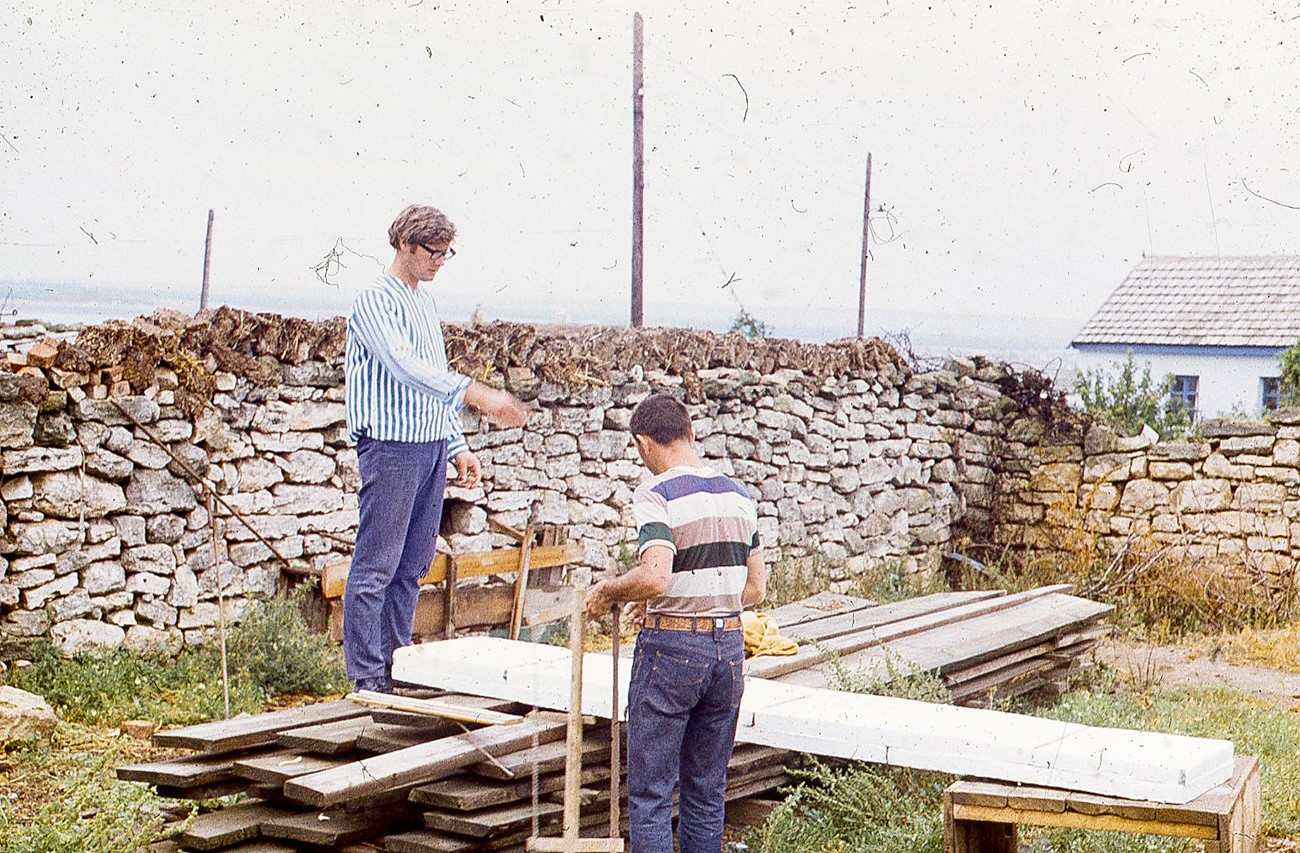
The work on the board. Cape Tarkhankut, Crimea (1966)
Personal Archive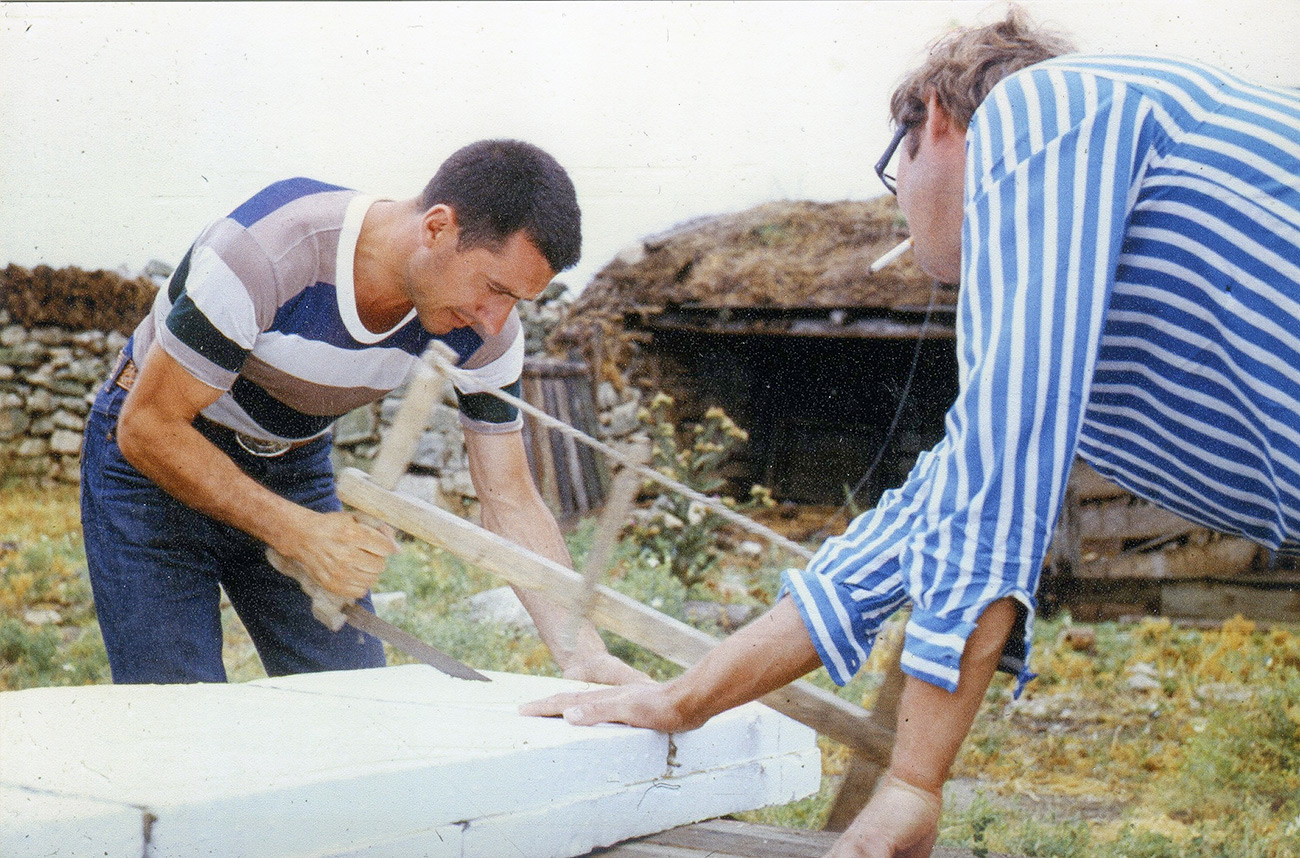
The work on the board. Cape Tarkhankut, Crimea (1966)
Personal Archive
Nikolai's friends (Vladimir Prozorovsky and girlfriends Nadya and Nina) are waiting for the swell. Cape Tarkhankut, Crimea (1966)
Personal ArchiveFrom the U.S. to the USSR
The next time Nikolai went surfing was in 1970 when he went to the U.S. to cover the Soviet photography exhibition called “USSR: The Country and People in Art Photography.” It lasted for a year and travelled from one city to another, including San Francisco and Los Angeles. There Nikolai met local surfers and for almost a month surfed in famous spots like Half Moon Bay and Stinson Beach.
“There was a real swell there,” Nikolai remembers. “The waves were different – they were smooth and broke at a certain distance from one another giving the opportunity to turn, adjust, and wait for a suitable wave. It was a completely different experience – more interesting and exciting. Occasionally I’d hit a particularly big wave, something I wasn’t used to. But I could ask people for advice.”
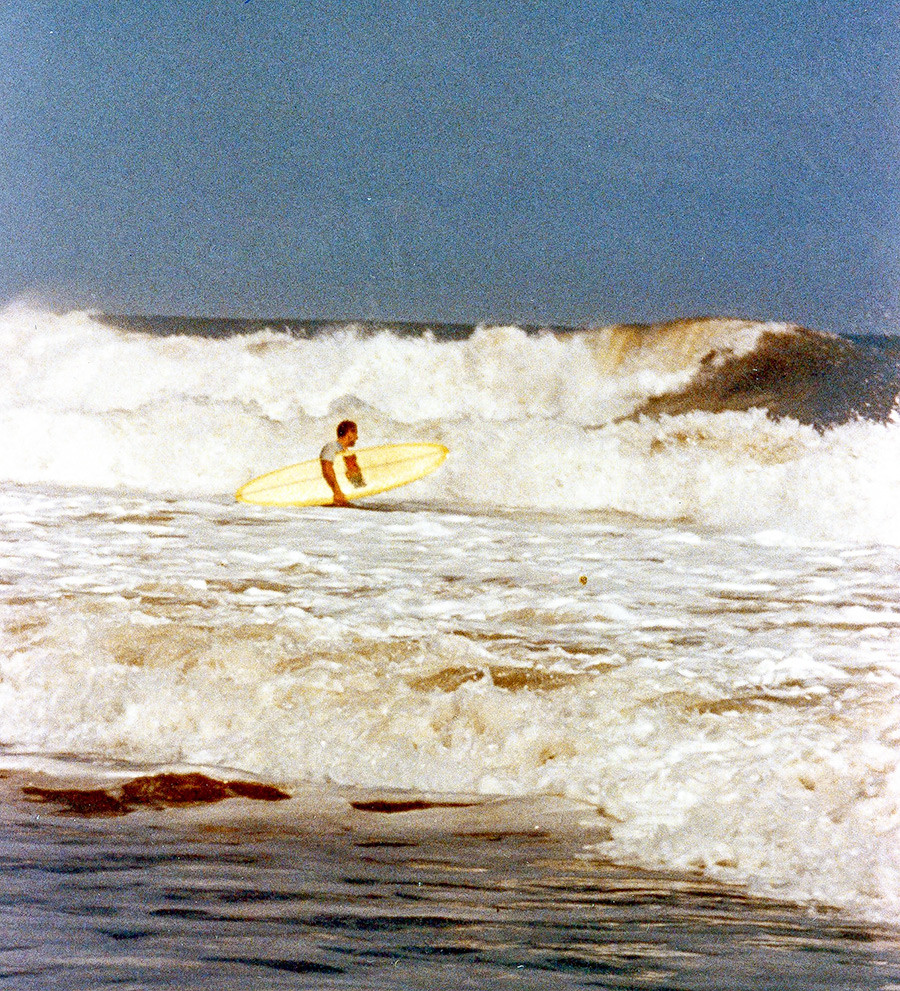
Indian River Inlet, Maryland (1972-1974)
Personal ArchiveThe Russian surfer says that at the beginning, the sport is all about falling (and getting back up again) and that he’s swallowed more salt water than he can remember. Nikolai even broke two ribs doing what he loves and spent hours in cold water without a wetsuit.
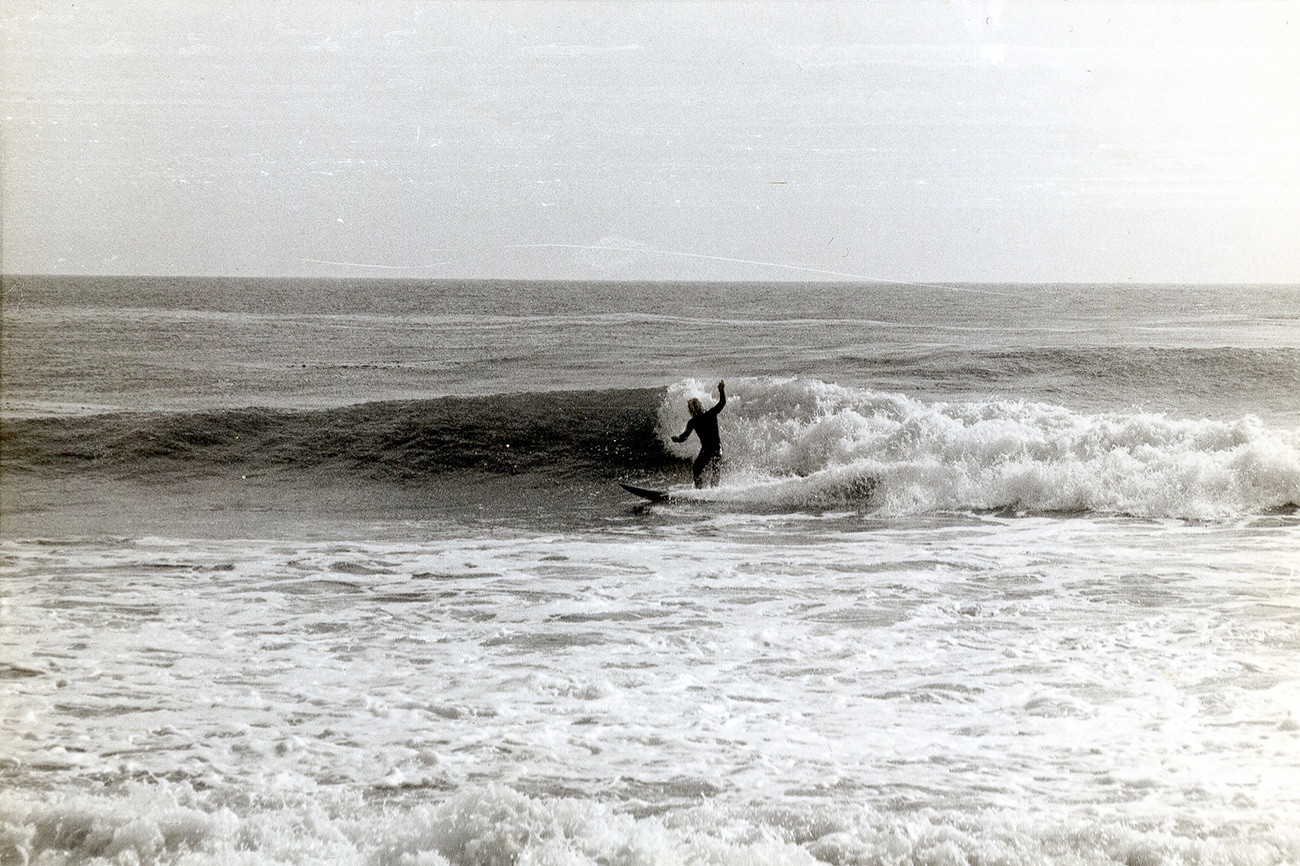
Somewhere near San Francisco (1970)
Personal ArchiveAfter a short while, he managed to get a two-year transfer to Soviet Life’s U.S. office. He finally got his own wetsuit for $50 and surfed as much as he could. In 1975 he came back to the USSR and set about exploring surf spots in the Soviet Union. He hit the waves off the coast of the Sulak Peninsula near Makhachkala, Riga-Strand in Latvia, Palanga in western Lithuania, and Crimea’s Yevpatoriya.
His bid to develop the sport on home soil (or home waves…) received support from the Sports Club of the Soviet Academy of Sciences and Youth Technology (Tekhnika Molodezhi) magazine. They wrote letters of recommendation that helped Nikolai get along with local authorities in places he visited on expeditions. “We urge you to help comrade Popov N.P. in every way you can to support his endeavours,” reads one of the letters written by Editor-in-Chief Dmitry Zakharchenko and addressed to the First Secretary of Dagestan’s Regional Committee of Komsomol (All-Union Leninist Young Communist League).
“I didn’t have any students, but I would sometimes give my board to those who wanted to try surfing. People were curious, but it takes time to get the hang of it, it doesn’t happen overnight. Overall, there were never any negative vibes toward my interest in surfing – everyone, even the authorities and Komsomol, treated it with respect and showed their approval,” he recalls.
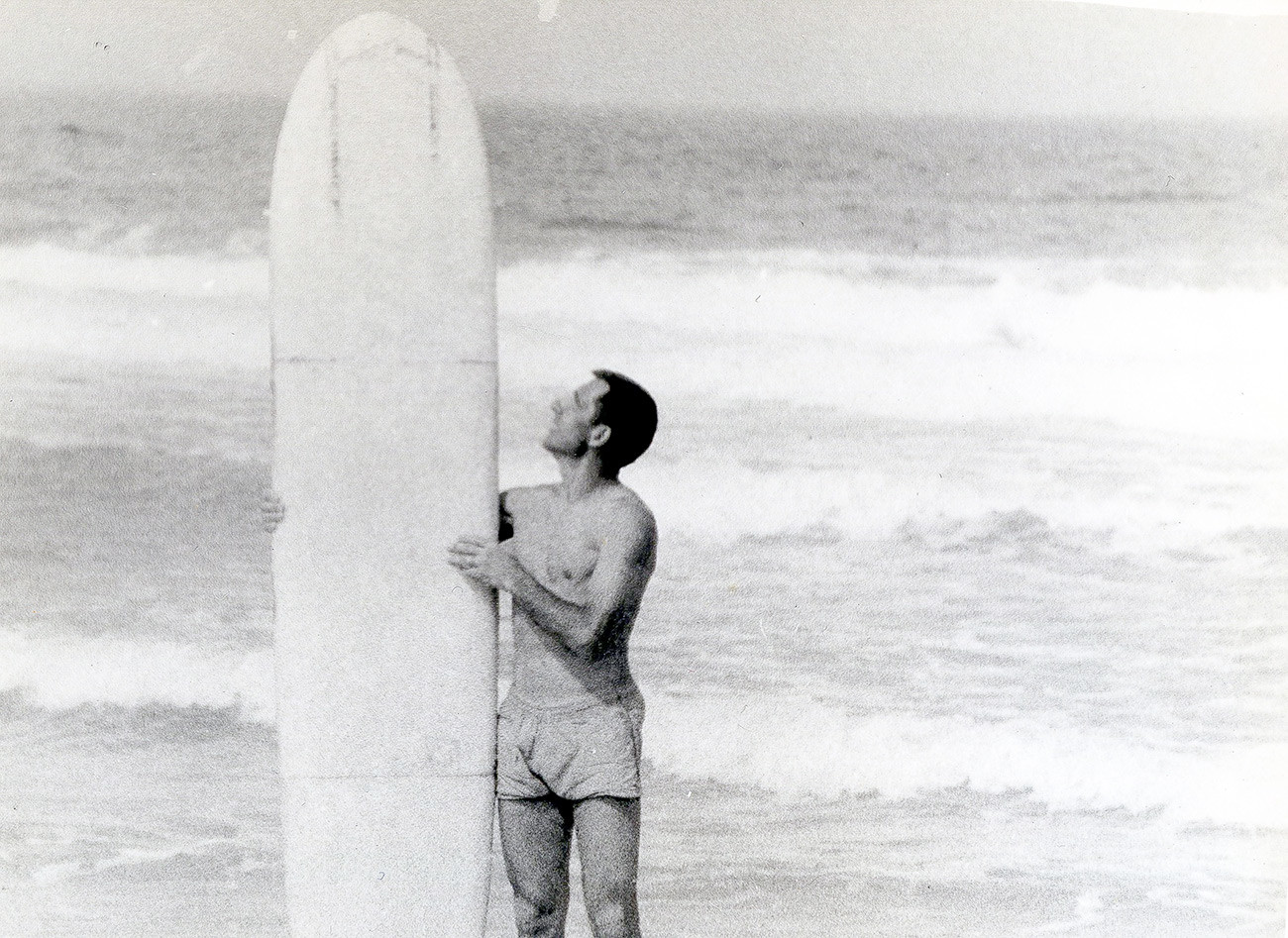
Cape Tarkhankut, Crimea (1966)
Personal ArchiveContribution
In the mid-70s, Youth Technology published two of Nikolai’s articles on surfing, which got a lot of feedback from all corners of the USSR. People, including those from Sakhalin Island and Kamchatka, would share their stories about their surfing attempts.
Thanks to his writing, Nikolai was contacted by a shipyard near Crimea’s Feodosia that designed boards for windsurfing. “They wanted to make windsurfing boards in sections so that a three-meter heavy board for windsurfing could be transformed into a smaller surfboard. I advised them on a suitable design and helped with the trials,” Nikolai says. The result was a rather thick board which was quite difficult to manage, yet it marked one of the first attempts to design a surfboard in the Soviet Union.
Surfing didn’t really take off in Russian until the noughties when Russians started taking it seriously in places like Kamchatka. In 2015 surfing was included in the Russian Registry of Sports and a year later was included into the Olympic program.
Nikolai, who devoted his career to journalism and sociology, last surfed back in 1987. Since then his two surfboards, which he bought in the U.S., have retired to his dacha. “Would I go surfing now? Probably, but only on a small wave,” he smiles.
If using any of Russia Beyond's content, partly or in full, always provide an active hyperlink to the original material.
Subscribe
to our newsletter!
Get the week's best stories straight to your inbox